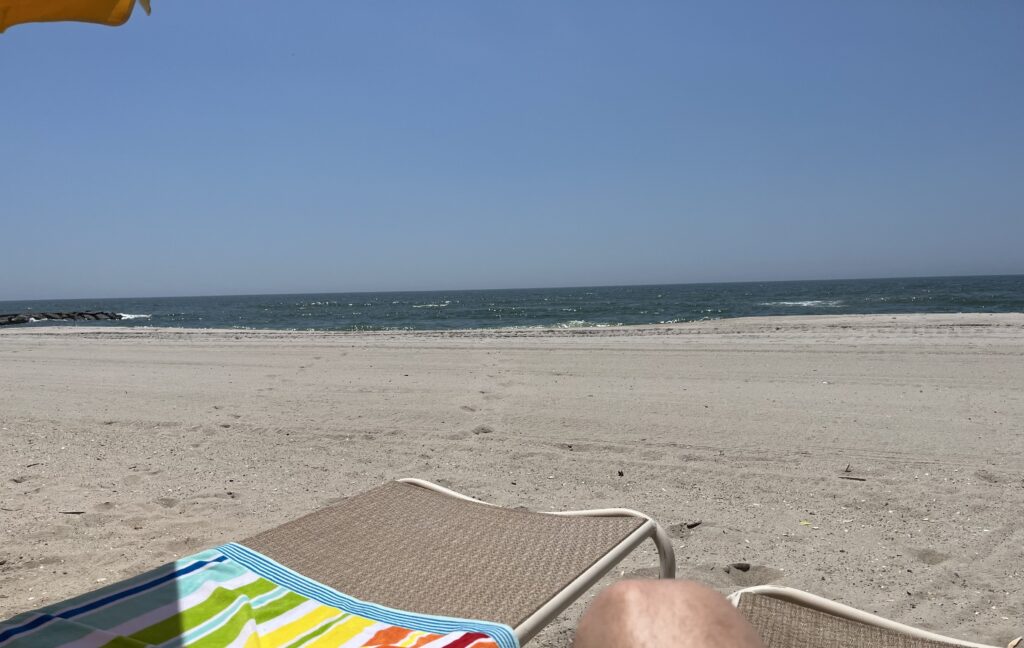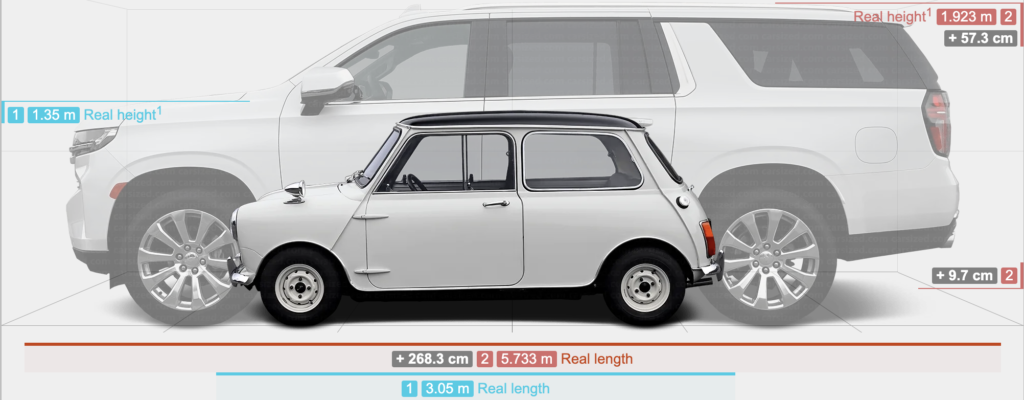Because it’s really all I think about in my spare time lately, and I need to get it out of my system.
I’m still losing weight. I am way below the target I mentioned in this space last month. I did some homework, and realized that broader measurements of “ideal weight” and “healthy BMI” were less than my doctor’s goal for me. So I set my sights lower and lost another 11 pounds. I’d like to lose two more pounds from here and maintain from that point, although if this is as thin as I get, I’m great.
I saw my doctor last week and he was borderline giddy with my progress. He even thought I was on a GLP, which is probably the best compliment I’m going to get.
Plateauing has been satisfying. Last week I touched my all time low, and since then, I’ve let myself go, relatively speaking: looser on the calorie count, occasional sweets instead of never. That has been a delight. Still no French fries since December, though.
Fewer people than expected say anything to me about how thin I’ve gotten. Amy thinks it’s the Ozempic effect: you don’t know how or why someone is losing weight, especially after age 50, and a person could be embarrassed at taking the GLP-1, or unwell. So it’s not a topic to bring up lightly.
Honestly, I miss the before times, when I’d lose 10-15 pounds and everyone would say, “Did you lose weight?” Because it’s hard work and part of the reward is looking great. But I get it, and I’m not thin to garner compliments, I’m gearing up for a healthy half-century. If you see me, though, feel free.
When people do broach the subject, it’s often to share their own stories and commiserate. Last night I had an extended conversation with my doorman about heart health, as he’s working on managing his blood pressure. We ate a lot of watermelon while chatting. (“Did you know watermelon has more lycopene than any other fresh fruit or vegetable?”)
Everyone says, “You must feel great!” when they do bring it up. And the truth is, I guess? I haven’t noticed a major change in my energy or overall well-being. In comparison, I really got a lot out of resuming regular yoga practice last August, which has been great for my musculature, my emotional state, and my mindset around fitness (which probably preconditioned me to take on the diet change successfully). I’m also taking more Citibikes, which is a great endorphin kick compared to the subway.
I really am feeling good this week, but it’s because we got a supportive new mattress last Thursday, and it’s doing wonders for my back.
Where I do feel great is every time I get dressed. My pants are baggy, shirts way too wide. I keep finding excuses to try on piles of stuff and cull what’s never going to fit right again. I’m starting to shop for new clothes with a smile. The other day I wandered into a fancy denim shop in the Village.
“Tell me about your jeans now,” said the salesman, pointing at my drooping 3x1s held up by a cinched belt. “What is and is not working?”
“Well,” I said, “these are a 36, and I’m a 34.”
The habits I’m forming are the win. Not bumming those fries off another plate. Ignoring the sliders and fried foods at a party. Measuring my portions. Even when I’m done losing weight, I want to keep these habits long term, because they are making and keeping me healthy by keeping me aware.
In an amusing-to-my-wife development, now that I’m thin, I’m not happy that I have a gut.
My sweet tooth is largely unchanged, lest you or I worry that I could be developing an eating disorder. In April, we got a seven layer cake for a holiday dinner, and when everyone forgot about the half we had left, over the course of a week I ate the whole damn thing. No regrets. I still lost weight that week, thanks to my spreadsheet, which let me pick the days I could get away with the burst of sugar. I can’t go back to gorging on cake on a random Tuesday, but I’m still me.
New foods I’ve discovered: PB2 (pure peanut powder for healthier smoothies); Oikos Triple Zero vanilla yogurt (I generally can’t stand fresh yogurt); Alyssa’s Healthy Chocobites and Mint Chip Trubars (dessert-like snacks loaded with fiber); raspberries (which I never loved, but they’re filling, and also loaded with fiber); Heritage Flakes (loaded with.. well, you know).
Oh, those Heritage Flakes. I ditched my alternating morning routines of bagels and big bowls of Corn Flakes in favor of a carefully portioned bowl of Heritage Flakes five or six mornings a week, on the recommendation of my dietitian. They’re filling and flavorful, if ridiculously thick and crunchy. Coupled with unsweetened oat or almond milk, they have become a fixture in my diet, and within a month I went from “fine, I’ll eat the healthy stuff” to looking forward to them. (I now follow half a serving of them with half a serving of a more traditional cereal, like Cheerios or Wheaties.)
My wife describes my diet program to others as, “He eats Heritage Flakes every day, and he lost 30 pounds.” Which, true.
Last month I mentioned to some friends that I’m near peak insufferable with my weight loss. This blog post—the third in a row related to dieting—suggests that I’m still there. At some point I’ll shut up about it but for now I’m still fixated (reveling?). No regrets.
Finally, a quiet aside to a friend who I saw for the first time in a year on Saturday, and who noticed my weight loss immediately. He then told me he’d done almost the exact same thing: the same amount of weight loss, from the same starting point, in the same timeframe. I don’t know if he’ll see this post, but I am proud of him, as he is of me, and sharing our stories in real time was a treat. Keep it up.


